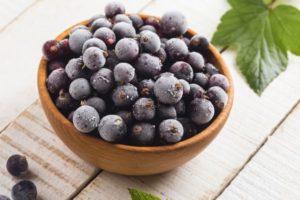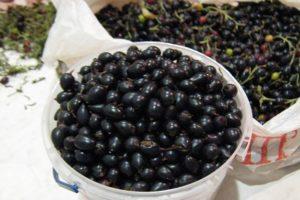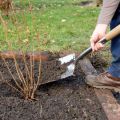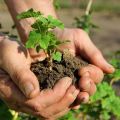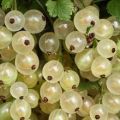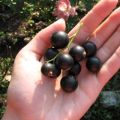How to plant and grow currants from seeds at home
A currant bush can be grown from seeds, while it is important to understand how to properly harvest seeds and plant, what conditions to maintain for the full development of the culture. When using seed, a plant grows with new characteristics, this is the main difference from the propagation of currants by layering and cuttings. The first crop is harvested no earlier than 4-5 years later.
Is it possible to grow currants from seeds?
Seed propagation is used to breed new varieties. Basically, it is not possible to preserve all the properties of the mother bushes. The characteristics of plants can change both for the better and for the worse. For amateur gardeners, this method of growing currants is an opportunity to get an improved version of the culture and in the future to carry out vegetative reproduction.
Advantages and disadvantages of the method
As with other methods, when propagating currants by seeds, certain advantages and disadvantages are distinguished. Having evaluated the features of this method of growing a crop, each gardener will be able to determine for himself the feasibility of planting seeds. The advantages are as follows:
- variety of landing options;
- the opportunity to get seedlings of bushes of your favorite variety;
- carrying out breeding activities in order to develop improved varieties;
- the possibility of growing at home.
There are also negative aspects:
- the process of growing a culture is laborious;
- the bush begins to bear fruit at least 4-5 years after planting;
- in most cases, the characteristics of the mother bushes are not preserved;
- it is impossible to maintain the required temperature in apartments during the wintering period, which leads to disruptions in the natural growing cycle and an increased risk of plant damage by pests and diseases;
- when grown in sheltered areas, the volume of berries is reduced.
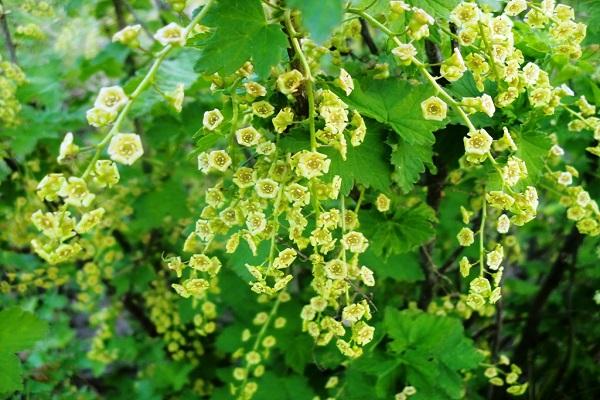
Seed preparation
It is not difficult to prepare material for planting currants, the main thing is to select the best fruits. Dry the seeds naturally or in a dryer. Ripe berries are gently kneaded or cut, then washed. The resulting material is pre-dried.
You can prepare seeds in another way. In this case, the berries are partially dried, and only after the completion of this process is the seed removed. The use of fallen and lying under the snow fruits is allowed. Such a berry is well prepared for sowing, since it undergoes a natural process of stratification.

How to grow currants from seeds?
There are several options for growing currants from seeds.Can be grown in a greenhouse or apartment and planted in spring or fall. Another option is possible - sowing in open ground before the onset of cold weather or in pots with further storage in the cellar.
The culture grows equally in the open field and in a warm room, the difference may appear later.

In the open field
Seeds are sown 2-3 weeks before the onset of cold weather. This is the optimal period for growing currants in the open field. It is not necessary to withstand a longer period, as the plant may germinate before winter begins.
A well-lit place is chosen, the seeds are planted at a shallow depth. Be sure to use a marker, which in the spring will help determine the desired piece of land. Germination occurs after the ground has warmed and thawed.
In September, sowing is carried out in pots. The containers are stored in the cellar until spring, periodically checking the moisture content of the soil. Do not dry out. In April, pots are added in the garden, choosing a site well-lit by sunlight.

In the greenhouse
With the onset of spring, a box filled with damp soil is prepared for the seed. The container with seeds is covered with foil and left in a covered room. When shoots have appeared, the box is freed from the film and moved to the windowsill.
With a seedling height of 15 cm, they switch to a pick. Separate pots are used for transplanting. At stable temperatures, after the appearance of the first leaves, young plants are moved into pre-prepared holes in an open area of land.
In the future, currants are regularly and abundantly watered through a divider. Plants take root, after which the volume of water used is reduced. The optimum distance between holes is 1 m.
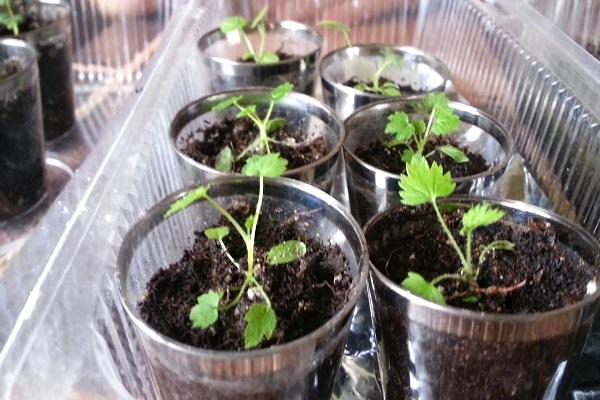
The greenhouse method is not suitable for those who plan to receive large volumes of fruit. In addition, growing crops in a greenhouse increases the risk of pests and diseases. To prevent this, it is important to regularly care for the plants and process them in a timely manner.
At home
The home method of growing currants is designed for dwarf plants. The red variety is not suitable, a black crop variety is selected. In other ways, only blackcurrants are usually grown.
It is necessary to purchase pots with a height of 25 cm or more in advance. The pot is placed on the loggia or balcony. Maintaining the required temperature in an apartment is not easy, because plants grow slowly and develop poorly. When implementing this method, one should not expect a high yield.
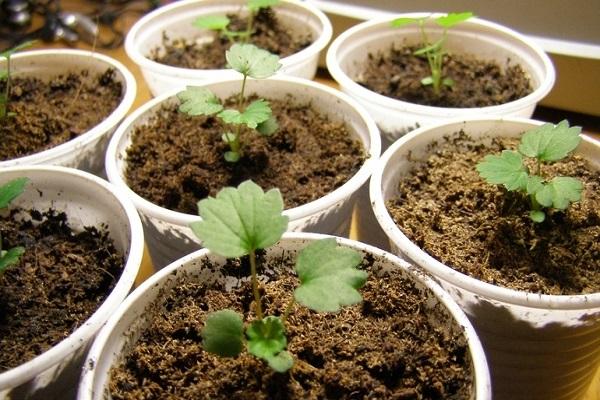
Tips from seasoned gardeners
An important condition is a light, fine-grained soil containing a sufficient amount of nutrients. It is easier for sprouts to germinate in such soil. You can buy ready-made land or prepare the necessary mixture yourself from garden soil, charcoal and compost or humus.
To plant seedlings, an additional component is used for clay soil - sand. The soil is kneaded by hand or sieved through a sieve and must be disinfected in the most convenient way. Some advise to water the ground with a hot solution of potassium permanganate, other gardeners warm the soil in the oven. Everyone has their own methods.
To grow currants from seeds, pots with holes are selected through which excess moisture will penetrate. A drainage layer is formed at the bottom. Coarse sand and small stones are suitable for these purposes.
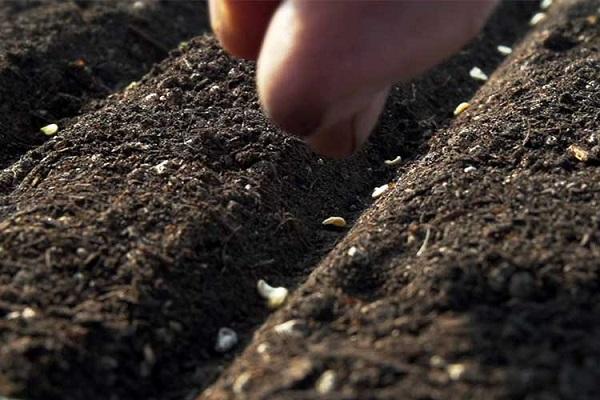
Gardeners advise storing dried seeds in paper bags at temperatures from +2 to +5 degrees. With the onset of spring, the seed is kept near the battery for several days, only after that is sown in pots.Before planting plants in open ground, pits up to 1 cm deep are prepared and abundant watering is carried out. The pits are covered with sand or dry fine earth.
During the period of growth of plants in pots, they are closely watched. At first, do not allow exposure to direct sunlight. Place containers in the shade, if necessary, provide protection from the cold at night.
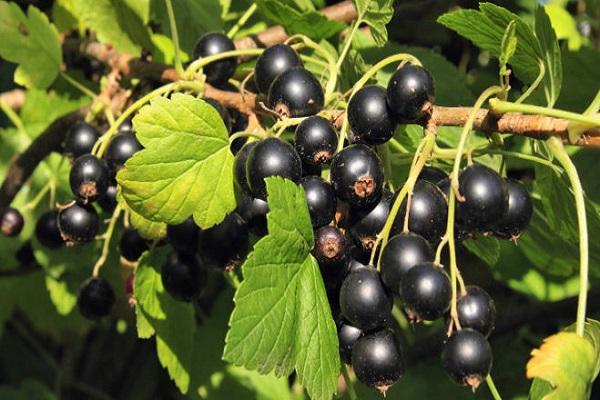
The future shrub is regularly watered, the area around it is carefully weeded and loosened. Fertilizers are applied to the soil. To reduce the growth of weeds, after watering the land is mulched with humus or compost. As a result, moisture remains in the soil longer, and the plants receive additional nutrients.
In the first year of plant life, a thorough examination is carried out, which allows detecting fungal diseases at the initial stage of their development. For preventive purposes, the soil and currants are sprinkled with wood ash, sprayed with garlic infusion with soap from aphids. A solution of copper sulfate is used for irrigation.

One should not expect significant development in one year. More intensive growth is observed in the second year, and in the third year young bushes are formed. During the flowering period, the bushes are slightly shaken, which has a positive effect on pollination and the formation of berries.
Plants and fruits can differ significantly in quality, taste, appearance, the result is unpredictable. The berry may be smaller or larger, juicier, sour or sweeter. But in any case, the process itself gives a lot of pleasure to gardeners. In addition, it is always possible to develop a variety with a long fruiting period or other improved characteristics.
